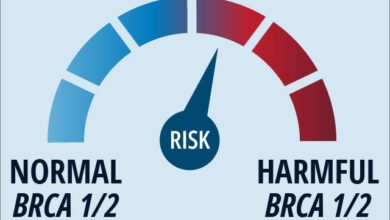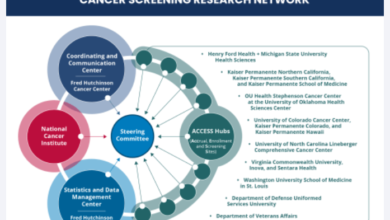My New Year’s Resolution is to Embrace the Mess of Life With Cancer

As 2022 comes to an end, it’s easy for all of us find something that we hope for to come in 2023.
The last four years of my cancer survivor warriorhood, I have spent enduring and fighting for my life. I’ve spent time in countless hospital beds for surgeries and fighting so much for self-advocacy.
I’m just so tired of letting cancer run my life. New me wants the ability to just enjoy more of the little things, worry less about my doctors (now that I know I am finally in good hands), and I’m ready to embrace it.
I don’t want a single surgery for 2023. I don’t want to change doctors in 2023. I just want to embrace the mess, and simply live my life as a new me.
This new me with cancer is fierce, anxious (but on several anxiety meds), confident (yet not too loud — I don’t need any more attention), curly brown hair (old me had straight blonde hair), full of boundaries (old me was very trusting), and not wanting to waste a minute of life (old me was no risk-taker).
Four and a half years with stage 4 breast cancer, and I am ready to just throw all my old habits to the wind and ride off into the sunset. This new me doesn’t care if I cry in front of others, or if I’m not wearing makeup on a conference call. While I like to look nice for photos (let’s take as many as possible), I care very little about actual physical things, and care most deeply about experiences, time and memories with people and places. I care deeply for my new sense of belonging and being alive.
When you’ve chased death enough times on operating tables, life looks a little different. Cancer has really shaped my entire life outlook in the last four years. I’ve always been a grateful and positive person, but I don’t think I’ve ever really shed so many layers of myself in such short of a time. I’ve lost track the number of times I’ve lost my keys, finally no longer caring that I simply do not have the strength to open any jars/bottles/anything sealed, and my hands are always acting like I have no grip. Things still taste weird, certain foods I can’t enjoy anymore (goodbye gluten, pork, alcohol and acidic foods), and I might be worried about making it to the bathroom on time more frequently (thanks cancer meds). I’m officially flat since I gave up my chest after so many unsuccessful reconstruction surgeries after breast cancer.
Do these things affect my quality of life? Not really to a noticeable point.
At the end of the day, though, cancer still has taught me one same lesson over and over again: I am so thankful to be here, despite everything else. I’d lose everything all over again, and do it all over, if I still get to live, and be a fighting warrior.
Life has finally caught up to me. I’ll be 35 in January, and I’m terrified of life ending too soon. Cancer has taught me that every three months, my life can be shaken up like a bad smoothie and get served blindfolded with something so awful tasting, but I still must swallow it. You just never know what’s going to be served to you. That’s the part of cancer where there is no choice really: swallow or die. Horrible options, am I right?
The crazy part, though, is those aren’t the real two options; it’s not just black or white. While yes, treatments are not great, our attitudes and support systems are the fighting chances we have at getting ourselves through the emotional, and mental challenges of it all.
My plan for the new year includes finally fulfilling my bucket list and going to Italy with my husband and mother-in-law. It also includes several dinner dates with friends at our houses for no other reason other than just to hang out, eat good food and spend time with the people I love. Most of all, the new year includes lots of traveling in our RV with our dogs, my husband and some of our friends and family. We did it last year with friends, and had an incredible time, so we’re going to continue the tradition. I’m pretty sure I’ve left a piece of my soul in Wisconsin and Michigan.
For my new year, I choose to embrace the mess, and find joy, to spend as much time as possible with the people I love, and do the things I love best. While I try to quiet my anxiety daily, and over the course every three months when my scans arrive, I can only literally do my best to embrace this chaotic mess and love this beautiful world.
For my Team Sunshine, and all the folks reading, cheers to 2023!
For more news on cancer updates, research and education, don’t forget to subscribe to CURE®’s newsletters here.
Source link
#Years #Resolution #Embrace #Mess #Life #Cancer



